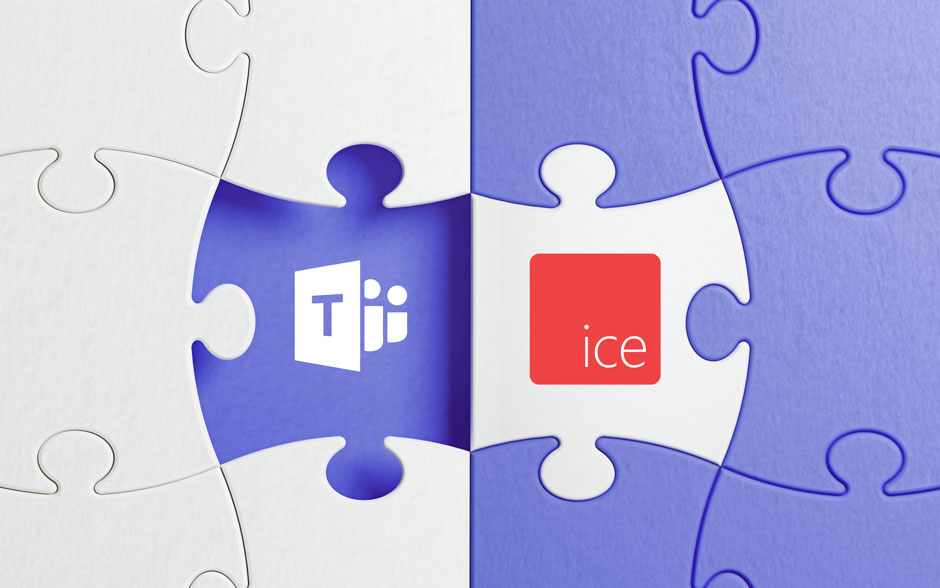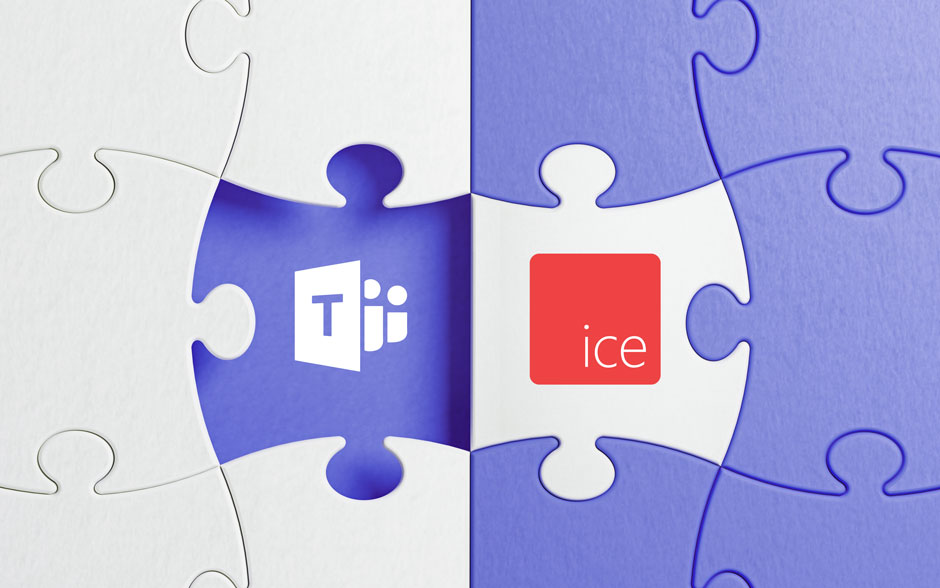Featured
Manufacturing Contact Centers: Best Practices for Efficiency and Scalability
by Erina Suzuki | Published On April 7, 2025

Today, customer experience should be a priority for every business – no matter which industry you might serve. But every sector faces its own challenges when it comes to earning and maintaining customer loyalty. Manufacturing companies, for instance, have to deal with high volumes of technical queries, complex omnichannel interactions, and endless repetitive processes.
The good news is that organizations in this space who prioritize customer-centric experiences by adopting new technologies and fine-tuning processes unlock incredible opportunities for growth. In fact, around 97% of manufacturing leaders in a Salesforce study said that they’re pursuing CX (Customer Experience) optimization strategies to gain a competitive edge.
In this article, we will be introducing the best practices manufacturing contact centers can embrace to improve customer satisfaction rates, increase productivity, and enhance efficiency at scale.

The Challenges Facing Manufacturing Contact Centers
Manufacturing companies are facing the same contact center challenges as many other organizations. They’re navigating the rise of more complex technologies, like omnichannel communication systems and AI, while simultaneously struggling to align, empower, and support agents in the world of hybrid work.
But manufacturing brands face unique challenges too, such as:
High Volumes of Technical and Order-Related Queries
Across sectors, call and query volumes are increasing rapidly – around 57% of leaders in a McKinsey study said they believed their query volumes would increase by 2026. But manufacturing contact center agents don’t just deal with everyday calls. They’re constantly swamped with complex technical questions and order-specific inquiries.
That means agents must possess deep product knowledge to troubleshoot issues effectively. For instance, a company producing industrial machinery might receive numerous calls about equipment malfunctions, requiring agents to guide customers through intricate diagnostic procedures.
Need for Multichannel Communication
Today's customers expect support across various platforms - phone, email, chat, and social media. A Salesforce study revealed that 72% of consumers prefer a multichannel approach when interacting with businesses.
For manufacturing contact centers, this means seamlessly integrating diverse communication channels. However, maintaining consistency and efficiency across these platforms poses significant challenges, often leading to fragmented customer experiences.
Complexity of B2B Customer Service and Supply Chain Inquiries
Manufacturing companies don’t just support everyday consumers. They need to regularly interact with B2B buyers, suppliers, logistics companies, and more. These interactions are often more complex, involving detailed product specifications, bulk orders, and customized solutions. Contact centers must navigate these complexities while coordinating with various departments, such as logistics and production. For example, a supplier of automotive parts might need to address urgent queries about delivery schedules to prevent assembly line disruptions for their clients.
Managing Global Customers and Multilingual Support
Another major characteristic of manufacturing companies is that they often serve a global clientele. That means adapting to the challenges of delivering support in multiple languages. Providing multilingual customer service isn’t just about “translation” either. Companies often need to understand various regional preferences and expectations.
For instance, a contact center handling clients from Europe, Asia, and the Americas must ensure agents are proficient in various languages and cultural etiquettes. This complexity can lead to increased operational costs and training requirements.
Handling Product Recalls, Defects, and Urgent Troubleshooting
Recalls, defects, and sudden issues are common in the manufacturing sector, frequently turning contact centers into crisis management hubs. Often, agents need to suddenly handle a surge in communications, providing accurate information and calming down concerned customers.
For example, a manufacturer recalling a faulty batch of electronics must swiftly inform customers, coordinate returns, and manage repairs or replacements. This scenario demands efficient processes and clear communication strategies to maintain trust and compliance with regulatory standards.
Best Practices for an Efficient Manufacturing Contact Center
Running an efficient manufacturing contact center- one that can adapt quickly to changing customer expectations, without increasing complexity and costs - requires a multifaceted approach. For many companies, staying ahead will mean embracing not just new technology, but entirely new workflows and processes. Here are the best practices you should be following this year.
1) Implement Robust CRM Systems
In every industry, including manufacturing, customers expect seamless, personalized experiences throughout their journey. But many manufacturing companies struggle to deliver because their customer data is often distributed across various systems, leading to a fragmented view.
A robust CRM (Customer Relationship Management) platform, integrated with your manufacturing contact center, can help get your team back on track. CRM solutions give teams a unified view of their customers, their needs, preferences, and pain points, throughout the customer journey.
With this unified platform, agents can instantly access customer profiles, purchase histories, and previous communications instantly. This immediate access empowers agents to provide personalized and efficient services, reducing response times and enhancing the overall customer experience. Combining CRM systems with additional data-driven tools, like Enterprise Resource Planning (ERP) platforms, unlocks additional benefits.
Integrating CRM and ERP tools bridges the gap between customer-facing operations and back-end processes, ensuring a harmonious flow of information across the organization.
When CRM and ERP systems operate cohesively, data entered in one system automatically updates the other, maintaining consistency and accuracy. This integration is crucial for functions like inventory management, order processing, and financial reporting.
For instance, when a sales order is placed through the CRM, the ERP system can immediately adjust inventory levels and initiate procurement if necessary, streamlining the supply chain.
Plus, integrated systems provide real-time analytics and reporting capabilities. Manufacturers can gain insights into sales trends, customer behaviors, and operational efficiencies, enabling data-driven decision-making. This holistic view is invaluable for forecasting demand, optimizing production schedules, and enhancing resource allocation.
2) Invest in Artificial Intelligence (AI) and Automation
In any contact center, artificial intelligence and automation tools deliver incredible benefits. Already, around 74% of manufacturers are using artificial intelligence for some workplace processes, whether it’s planning supply chains, or enhancing product development workflows.
Adding AI and automation to contact center workflows simultaneously improves customer experiences and enhances employee efficiency. For instance, conversational AI chatbots equipped with Natural Language Processing (NLP) capabilities can manage routine customer inquiries, such as order statuses or product information, without human intervention.
That means customer service teams spend less time handling repetitive queries, and customers receive informative responses to queries faster. AI can even deliver multilingual service across channels – addressing global customer experience challenges. Plus, AI bots can intelligently route customers to agents, with contextual information from previous conversations, speeding up response time and resolution rates. One pipeline manufacturer used ComputerTalk’s ice solution to reduce response times from 30 minutes to 18 seconds with AI.
RPA (Robotic Process Automation) tools can also help manufacturing teams automate various time-consuming tasks, from updating customers about their order status, to processing returns or managing inventory levels. Again, this leads to a massive improvement in productivity.
AI tools can even help businesses dive deeper into valuable data. AI-driven speech analytics tools analyze customer interactions to assess agent performance, identify training needs, and ensure compliance with company policies. By evaluating tone, sentiment, and keywords, these tools provide insights into customer satisfaction and areas for improvement.
3) Train Contact Center Agents on Technical Knowledge
The overall performance of any manufacturing contact center relies heavily on the knowledge and skills of human agents. Training your teams and investing in upgrading their technical knowledge will help you to enhance operational efficiency and customer satisfaction.
Agents with in-depth product knowledge are better equipped to handle customer inquiries efficiently and accurately. They’re more likely to be able to anticipate customer needs and solve problems quickly, without spending crucial minutes searching for resources and data.
Providing agents with structured troubleshooting guides can also help them move through the issue resolution process much faster. Companies could either use step-by-step guides, or AI agent assist tools to walk agents through the process of diagnosing and repairing an issue in a fraction of the time it would take to resolve a problem manually.
The key to ensuring manufacturing agents are truly ready for anything in the contact center, is investing in continuous upskilling. After all, the sector is constantly evolving and even contact center processes are changing with the rise of agentic AI, advanced automation, and omnichannel communication strategies. Investing in upskilling initiatives ensures teams can quickly adapt to using new tools and troubleshooting issues with new products.
Plus, constant upskilling helps to enhance agent satisfaction and retention rates, meaning your company spends less time and money on filling skill gaps.
4) Create an Omnichannel Support Strategy
As mentioned above, today’s manufacturing customers increasingly want to be able to communicate with businesses across a range of channels. However, simply embracing different communication methods, from email to live chat, isn’t enough.
Manufacturing leaders need to ensure these channels are aligned, with an omnichannel approach that connects data and processes from one environment to the next. An omnichannel approach helps to make every customer journey feel more immersive, consistent, and fluid.
When all your communication platforms are connected, from phone and email, to live chat and self-service portals, customers can transition seamlessly from one channel to the next. They can start a query via a chat with a bot, follow up through email, and resolve the problem through a call – all without having to constantly repeat themselves.
This doesn’t just improve the customer experience; it can reduce the time agents spend addressing calls and issues too, because each agent doesn’t have to waste time rediscovering the core of the problem, asking initial questions, and so on.
The best way to embrace an omnichannel strategy is with a cloud-first approach. Cloud-based contact centers give manufacturers the ability to rapidly add new channels to their ecosystem, and accommodate new customer demands, without significant infrastructure investments. Plus, they ensure all team members can access the same resources, regardless of whether they’re serving customers from an office, in the field, or from a remote location.
5) Prioritize Workforce Optimization and Data-Driven Growth
Finally, if you want to run your manufacturing contact center more efficiently, and productively, you need to learn how to leverage your data. Start by taking advantage of the reporting and analytical tools available through your contact center platform.
Identify the metrics and Key Performance Indicators (KPIs) you need to monitor to determine whether your team is operating effectively. You might monitor things like First Call Resolution (FCR) rates, to find out whether your teams are effectively addressing issues without having to transfer a call to someone else or reconnect with a customer.
You should also be looking at things like Average Handling Times (AHT) to track efficiency, and customer satisfaction scores, to ensure you’re living up to customer expectations. Use these insights to identify opportunities for improvement. You can even consider creating real-time dashboards for your team members, so they can track their performance in real-time.
Next, think about how you can optimize the way you allocate resources in your contact center. Workforce Management (WFM) software can help your team forecast demand accurately based on historical data, so you can create more effective staffing schedules. Intelligent WFM tools can even help you to plan more effectively for high-demand periods.
With WFM, you can optimize resource allocation and save money by minimizing overstaffing or understaffing risks.

Future Trends in Manufacturing Contact Centers
Like most companies in most industries, manufacturing organizations are constantly taking advantage of new innovations and opportunities in the contact center, powered by the rise of evolving technology. As you move forward with your contact center optimization strategy, make sure you’re paying attention to trends like:
- AI-Driven Predictive Analytics: AI can revolutionize demand forecasting in contact centers, analyzing historical data and identifying patterns to enhance resource management. Manufacturing companies can use predictive analytics tools to proactively address customer needs, improve staffing strategies, and reduce costs.
- Cloud-Based Contact Centers: The rise of cloud-based contact centers ushers in a new era of flexibility for manufacturing contact centers. Cloud solutions facilitate the seamless integration of multiple communication channels and tools, while also ensuring hybrid and remote teams can access the same resources from anywhere.
- Voice Recognition and NLP: Upgrades in voice recognition and natural language processing (NLP) technology can significantly improve the efficiency of contact centers. These tools are driving the creation of more powerful IVR systems for customer self-service. Plus, they’re helping to boost insights from conversational analytics, and transforming routing processes.
- Sustainability: Sustainability is becoming a priority for many contact center leaders – particularly those in the manufacturing sector. With AI-powered insights, cloud-based tools, and customizable systems, companies across industries can reduce their carbon footprint, and even minimize energy consumption.
Upgrading Your Manufacturing Contact Center
For manufacturing companies, running an efficient contact center isn’t just crucial to preserving customer relationships. The more effective your contact center strategy is, the more you’ll boost operational efficiency, enhance team productivity, and unlock new process improvements.
ComputerTalk, one of the market leaders in the contact center landscape, offers manufacturing brands a suite of innovative tools they can use to enhance customer and employee experiences. With cloud-based communication systems, in-depth analytics, and artificial intelligence, you could give your company a crucial edge in the competitive manufacturing space.
Ready to step into the future of customer service? Contact ComputerTalk to arrange a demo of our innovative software today.
More from our blog
 As the developer of the Teams native ice Contact Center, ComputerTalk is currently one of the first companies to go through Microsoft’s Connected Contact Center for Microsoft Teams Certification Program. Among other benefits, this certification will mean that ice Contact...
As the developer of the Teams native ice Contact Center, ComputerTalk is currently one of the first companies to go through Microsoft’s Connected Contact Center for Microsoft Teams Certification Program. Among other benefits, this certification will mean that ice Contact...
 The ice Contact Center already has full support for Microsoft Teams.
Using the Teams client in conjunction with iceBar not only gives agents advanced call controls, but also screen pop and application integrations, visibility into the state...
The ice Contact Center already has full support for Microsoft Teams.
Using the Teams client in conjunction with iceBar not only gives agents advanced call controls, but also screen pop and application integrations, visibility into the state...
 Enabling multi-contact handling in your contact center can be a great way to quickly boost your contact center’s service capacity without investing any extra funds, installing extra software, or hiring more agents.
Enabling multi-contact handling in your contact center can be a great way to quickly boost your contact center’s service capacity without investing any extra funds, installing extra software, or hiring more agents.

